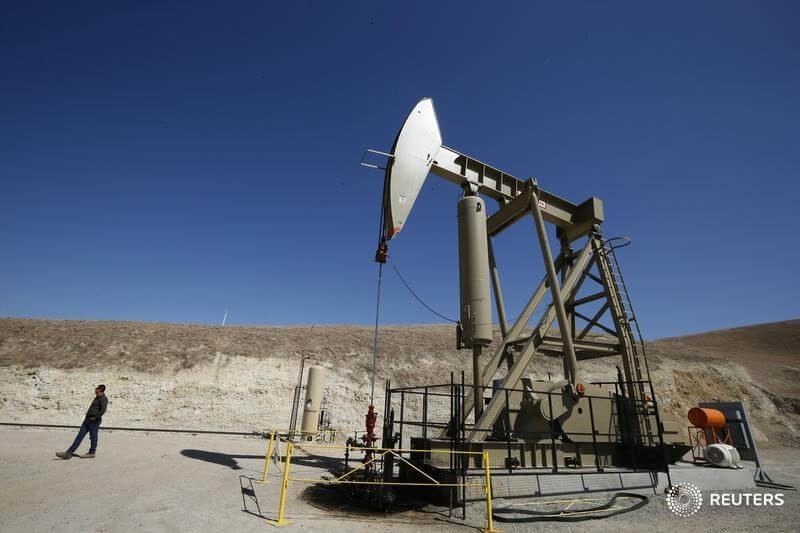By Ahmad Ghaddar
LONDON (Reuters) – For the Saudi energy minister wondering how long it will take the world to use up excess oil stocks and rebalance the market, one picture could help find an answer.
If all the spare crude was put in tankers today, they could create a queue more than a hundred kilometers long – or about two thirds of the length of the entire Suez Canal.
It will most likely take until 2018 to clear that glut, say analysts, traders and oil companies – unless an oil producer the size of Nigeria loses half its production for an entire year.
“It’s very difficult to predict explosions in Nigeria or wild fires in Canada,” said Hamza Khan, senior commodity strategist at ING.
“If anything, the supply side has a potential to ramp up rather than put further pressure on inventories”.
Oil prices have almost doubled after hitting multi-year lows in January, supported by outages from Canada to Nigeria, a steady decline in U.S. production and stronger global demand.
But analysts say a sustained price recovery is unlikely until the market clears at least 350 million barrels of excess oil in inventories, enough to fill 350 large crude tankers.
“The question now is how fast you will work off the global inventory overhang,” Saudi energy minister Khalid al-Falih told a U.S. newspaper last week after saying supply had finally stopped exceeding demand in the past months. Global oil stocks hit a record high of 3 billion barrels earlier this year, according to the International Energy Agency (IEA).
Since mid-2014, global inventories have risen by around 800 million barrels, according to Vienna-based consultancy JBC Energy.
But JBC says half of that amount is “structural”, encompassing crude that has gone into Chinese and Indian strategic petroleum reserves, and stocks that need to be held to ensure coverage of future demand. This leaves the market with around 400 million barrels in inventories to contend with – enough to cover crude consumption of a country like Spain for almost a year.
SHRINKING SLOWLY
The Organization of the Petroleum Exporting Countries (OPEC) has repeatedly said the inventory overhang was a threat to the oil price recovery. It puts OECD commercial stocks at 338 million barrels above the five-year average in its most recent monthly report. [OPEC/O] The IEA says that OECD stocks at end-April stood at around 357 million barrels above the five-year average. [IEA/M]
BP’s chief economist Spencer Dale said last month a stock-build of around 350 million barrels in developed economies and a similar number in emerging economies was weighing on oil prices.
“The size of the overhang has started to come off,” Energy Aspects analyst Richard Mallinson said, estimating May OECD stocks dropped by 22 million barrels to just over 330 million barrels above the five year average. The consultancy forecasts small stock-draws of 400,000 barrels-per-day (bpd) for the second half of the year, or around 73 million barrels, as supply cuts globally from China to Kazakhstan and Colombia outstrip an expected drop in oil demand. The IEA says that on the assumption OPEC oil production grows modestly in 2017, global oil stocks are expected to build slightly in the first half of 2017 before falling slightly more in the second half of 2017. The agency forecasts a 100,000 bpd draw in inventories for 2017, or around 36.5 million barrels, just over a tenth of the overhang.
JBC says the market could take until early 2018 to return to “normality”, assuming supply lags demand by around 500,000 bpd.
According to BP’s Dale, the oversupply could take up to 18 months to clear even if supply lags demand by 1 million bpd.
(Editing by Dmitry Zhdannikov and Mark Potter)
Global oil overhang to choke price recovery well into 2018

By Ahmad Ghaddar















